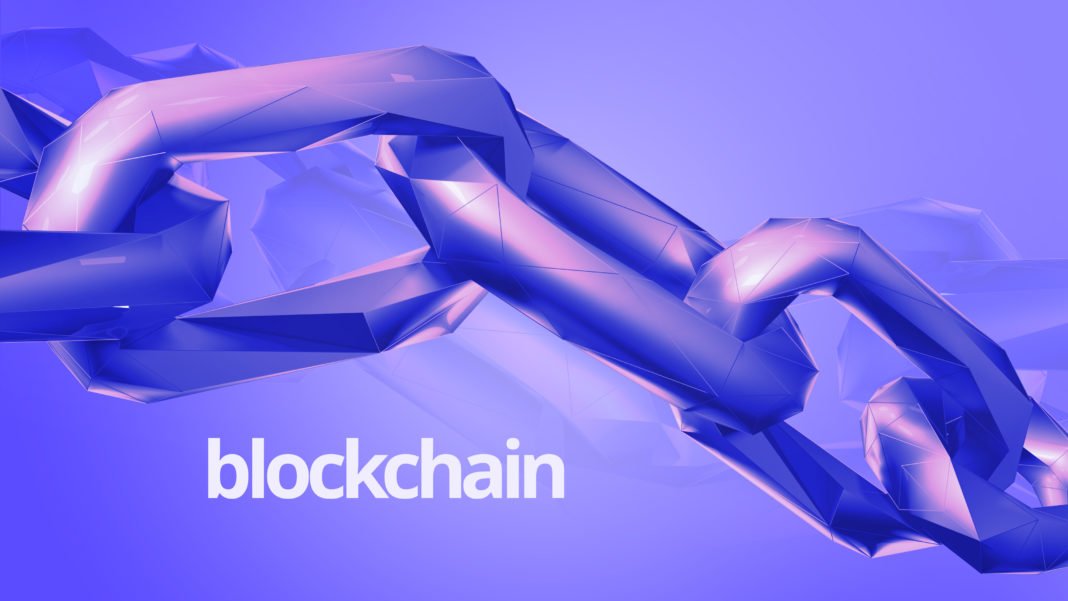If you’ve been wondering what is blockchain technology, you’ve come to the right place. Blockchain is a distributed, peer-to-peer, secured database. It uses cryptography to maintain privacy, but is also susceptible to hacking. Read on to learn more about this technology and how it works. Also, discover why you need to learn more about it. We’ve compiled some useful information to get you started. Hopefully, you’ll have a clearer understanding of this emerging technology.
Blockchain technology is a distributed, peer-to-peer, secured information database
The concept of blockchain came to prominence in October 2008, when it was introduced as part of the proposal for Bitcoin. Bitcoin was designed as a way to create P2P money that was free of central banks. The system introduced a novel solution to the trust issue, allowing users to trust the system’s outputs without relying on any actor. This innovation paved the way for people and institutions to interact securely and safely over the Internet without the need for a third-party trust.
In the Bitcoin case, blockchain solved the user’s trust problem by creating a decentralized ledger, a shared ledger that is secure from central authority and third parties. Each block of the blockchain contains transaction details, and each block contains a unique hash, like a fingerprint. This secures the chain by ensuring that only the authorized individuals can make updates to the information.
While banks are leading the way in blockchain adoption, it is also finding its way into government and healthcare. Companies are using blockchain to exchange personal health information, digital assets, and real estate deeds. Other industries are using blockchain to reduce costs and protect IP rights. Some companies are using blockchain in supply chain management, allowing them to create digital records of raw materials and the progress of manufacturing processes.
It uses cryptography
The distributed ledger technology used in blockchains is cryptography. Cryptography encrypts sensitive data and uses private key combinations to authenticate participants. This distributed ledger provides immutability and reliability. It is a distributed system that eliminates the need for third parties to maintain or manipulate data. Unlike traditional databases, blockchains are immutable, and this is one of the main reasons that more businesses and individuals are turning to the technology.
As with any other new technology, blockchain technology can be complicated to understand, but its benefits are numerous. In addition to reducing costs, blockchains increase trust and protect privacy. Many businesses and governments are now implementing blockchains to reduce costs and increase trust. To learn more about this technology, consider contacting cryptocurrency exchanges and financial services companies. These organizations can provide the resources and information you need to make an informed decision about whether or not blockchain technology is right for you.
The use of cryptography in blockchain technology ensures that records are immutable. Even if someone were to tamper with a copy of the blockchain, he would only be able to change 50% of the copies. That way, all nodes in the network would agree on the majority version. Cryptography helps prevent hackers from altering the original data. So, the security of the data is paramount to a successful blockchain.
It has high latency
Latency is a major factor in the adoption of Blockchain technology. It is the period of time between issuing a transaction and its finalization, or the “speed of service” for consumers. A low latency is crucial for payments systems, because the time between making a payment at the cash register and getting confirmation of the transaction is very important. A high latency is not only frustrating for consumers, but it is also bad for financial institutions.
Several blockchain projects are addressing these issues. Polygon PoS Chain, for example, had an average latency of 10 seconds, which is considerably more than the current maximum of two seconds. The other two chains tended to have a high latency, ranging anywhere from two to five seconds. Despite the low average transaction latency, these networks regularly exceeded ten seconds. While there are some promising applications for blockchain, these projects are still a long way from being widely adopted.
One way to address the problem of high latency is to switch to a faster, cheaper network. This will allow Blockchain projects to scale without compromising decentralisation and security. 5G networks are a possible solution, since they offer lower latency. The other benefit of switching to a faster network is that 5G networks are ubiquitous and have reduced latency. However, a well-architected Blockchain project can switch to 5G.
It’s not immune to hacks
Although blockchain technology is a novel, cutting-edge technology, it is not without vulnerabilities. This article outlines the latest attacks on blockchains, their mechanisms, and countermeasures. These attacks are not limited to cryptocurrencies. Blockchain attacks have a variety of targets, ranging from insiders to outside actors. While some blockchain attacks have unique characteristics, most are not sophisticated and do not require complex technical knowledge. Listed below are some of the most prominent hacks that have affected blockchain services.
Hacks are common in any industry. There has been a string of high-profile hacks of Bitcoin exchanges in the past few years, notably at the Mt. Gox exchange in Japan. In March 2014, seven hundred million dollars’ worth of bitcoins were stolen. The hackers exploited a security flaw in the code of this Tokyo-based exchange. While the hack was a minor incident, the damage caused by the breach was immense.
The biggest security risk to blockchain networks stems from endpoints. Attackers often use phishing emails to entice a user to click on a link. These emails may ask for their private keys – a cryptographic key that is unique to each user. A successful hacker can then gain access to the blockchain’s data. As a result, he can manipulate the relaying of valid transactions.
It improves supply chain processes
Blockchain technology can significantly improve the process of procuring and delivering goods and services. Companies that use this technology can track and trace their products in a much more transparent way than before. The current lack of transparency and data leads to delayed action and unnecessary waste, which results in expensive recalls. With the right tools, blockchain can help supply chain managers improve visibility and efficiency while driving better business outcomes. Let’s look at how blockchain can help procurement and supply chain teams in different industries.
Almost every industry uses third-party manufacturers and a variety of products from multiple vendors. These white-label products are sold before rebranding. Transparency in process tracking ensures proper handoff of third-party goods and labels. Blockchain technology can be used to track the progress of assets and implement smart contracts to enforce compliance. Supply chain blockchains are a valuable asset for ensuring regulatory compliance. By providing complete visibility of financial data, they help reduce processing times and enhance regulatory compliance.
The process of distributing goods across the supply chain can become complex. Many supply chain operations depend heavily on paper and inefficiencies at the lower supply tier. By using blockchain, it becomes much more difficult to alter transactions because all the copies of the shared ledger have the same version of the truth. This builds trust in the entire supply chain and reduces disputes. Further, blockchain provides finality for transactions, which means that companies can develop better relationships with their partners.
It’s used across industries
While blockchain technology remains a secret to many companies, it’s already changing the way businesses do business in industries ranging from manufacturing to food and beverages. It’s been a game changer in several industries and has the potential to save millions of lives every year. In life sciences, for example, life sciences companies create unique serial numbers for every unit of medication and piece of equipment they ship. This allows companies to track and trace the origin of any given unit. And in the world of IoT, where speed and efficiency are key, blockchain can help.
The federal government is already testing blockchain for its retail clients. The technology can help reduce costs associated with intragovernmental transfers, as information is stored in a distributed ledger database that cannot be tampered with. Another application of blockchain technology in the public sector is in the media and entertainment industry. It could help media companies track and record every aspect of a production, and eliminate fraud and protect Intellectual Property rights. Axoni’s recent announcements indicate that blockchain in the media and entertainment industry could reach $1.54 billion by 2024.
The use of Blockchain in industry 4.0 is growing rapidly. As it can improve security and privacy, it can help manufacturers achieve their targets faster. The technologies that make up Industry 4.0 include Artificial Intelligence, the Internet of Things, and Big data. With these innovations, manufacturing processes can be optimised and can reach the goal of faster production. Using Blockchain in industry 4.0 is just one of many uses of this technology, and it’s only the beginning of its potential.






